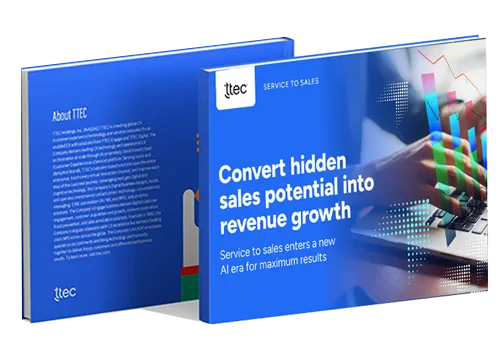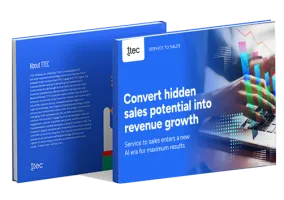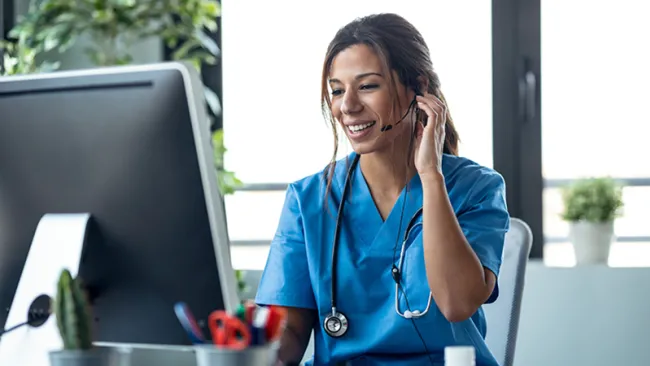The landscape has changed for consumer-directed healthcare and while there are many forces at play, it’s critical to understand shifts in the labor market. Customer acquisition and retention strategies that will succeed in the year ahead are those taking into account labor shortages that are not going away any time soon.
Why focus on a variable you cannot control?
For starters, all the workforce churn we’re seeing today represents an opportunity to capture new potential enrollees as they move into new jobs. Supply and demand are out of whack: the U.S. Chamber of Commerce reports there are 10 million open job positions and only 5.7 million unemployed workers. Clearly, this imbalance will be with us for some time.
We know consumers enroll or change elections in a consumer-driven account based on a qualifying event and the time to enroll is through onboarding education. Then, they have the propensity to re-enroll year after year. This workforce churn presents the opportunity for the foreseeable future.
With all this activity and reshuffling, it’s equally important to protect the membership base you worked so hard to build and serve. Understanding the implications of labor can inform next moves you can control, such as thinking about the market through a new lens.
I would challenge that we start to think about the market differently and in segments across your broker, employer, and consumer channels.
As you look at those segments, it is important to examine the following across each channel:
- What is your customer acquisition cost? Do you have a solid grasp of this figure?
- What is your lifetime value of an account? Have you recalculated this lately?
- What is your payback period, the duration you need to keep a customer to be profitable?
You need to have a strategy for protecting the top and bottom of the funnel. That strategy should include data and insights that optimize the customer journey across every moment of truth during the entire lifecycle. As you refine your strategy, some things to focus on:
- Don’t leave consumers feeling helpless. Predict the needs of your customers and trigger proactive outreach with the right message at the right time.
- Embrace your data and trends. Anticipate the likelihood of churn, changes in coverage, and qualifying life events. Be proactive.
- Examine how your customers engage with your service. Is the plan underutilized? Are they downloading your mobile app as frequently as you would like? Do you know when a broker or employer touches your brand through every interaction?
- Consumers want simple. Turn caution into acceptance with education ahead of open enrollment, especially for consumers who have not historically enrolled or have under-funded their benefit accounts.
The ability to leverage the right technology with the right tools becomes increasingly important to your overall strategy. To claim, “We are great at service” is no longer a differentiator. Great service is now table stakes. It is expected. Experience is the new measure for great service. Your ability to leverage every customer interaction with data will allow you to meet your customers where they are and take out cost in this very marginally compressed and competitive landscape.
You may be saying to yourself, “I can’t afford this investment.” I would say to that: You can’t afford not to make the investment in CX and digital transformation. The consumer market is demanding it and the labor market is forcing it. Regardless of size, there are various tools that will yield the insights you need to measure and be proactive versus reactive in your customer acquisition and retention strategy.
The shift in the labor market is just one of many factors that continue to impact your business. While this does create a challenge for the internal workforce, it also presents an opportunity for new customer acquisition and creates a need to have a retention strategy in partnership across your entire customer value chain.















